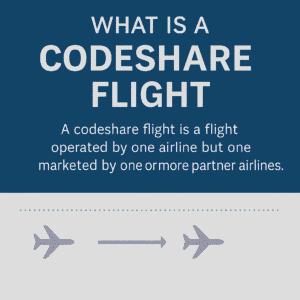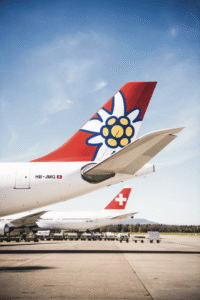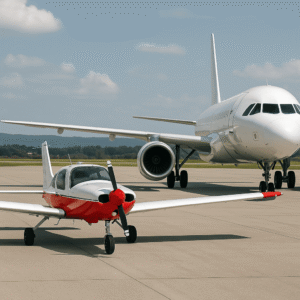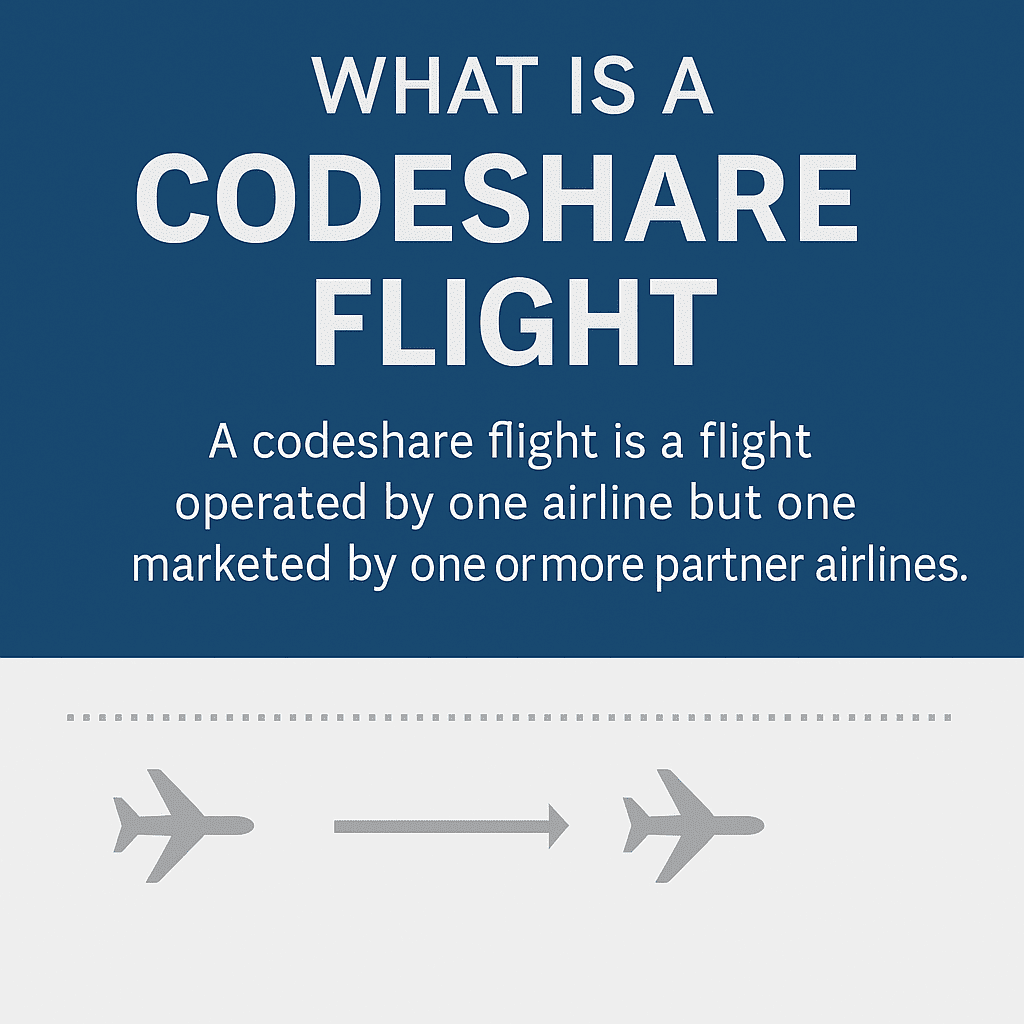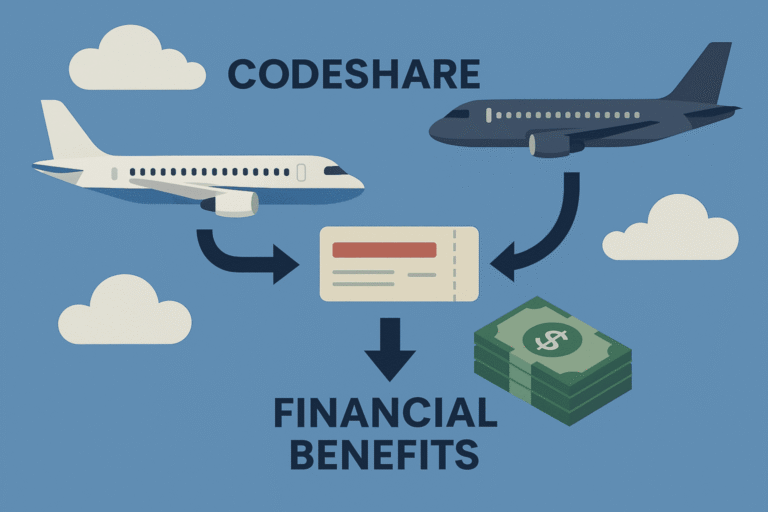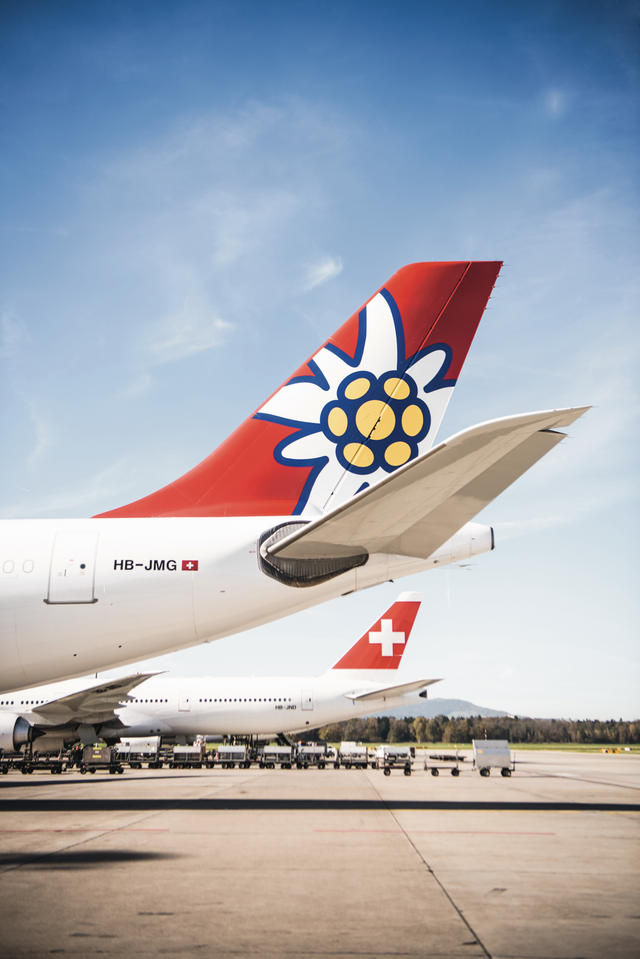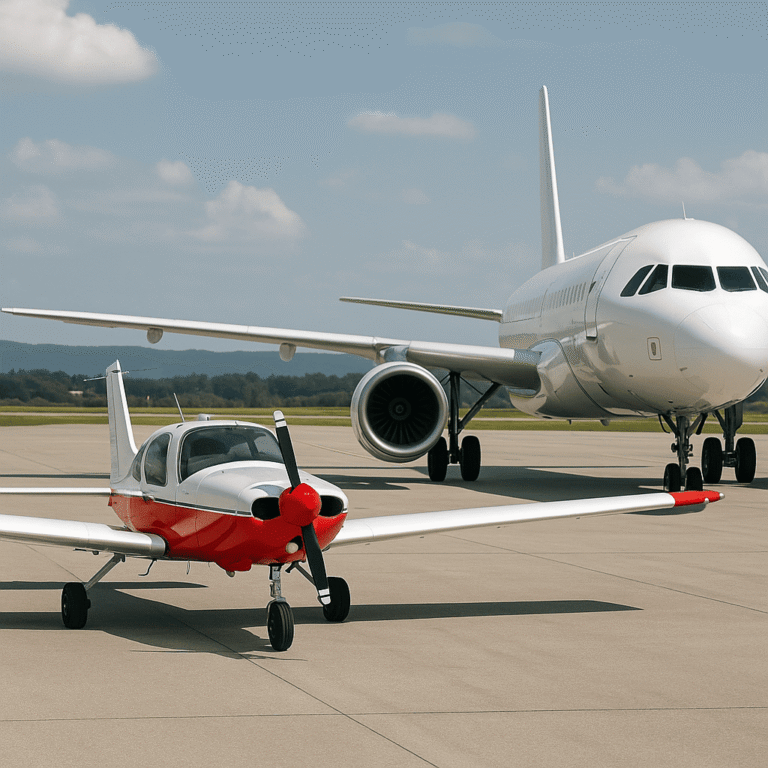Highlights
- A codeshare means two or more airlines sell seats on the same physical flight.
- Passengers may buy a ticket from Airline A but fly with Airline B.
- Benefits include wider networks, single bookings, and shared loyalty programs.
- Drawbacks include confusion, service differences, and unclear responsibility in disruptions.
- Codeshare agreements are the building blocks of global airline alliances.
Overview
Imagine booking a ticket to Abu Dhabi on Etihad Airways’ website, only to discover at the airport that your flight is actually operated by Wamos Air. It feels confusing, but it isn’t an error — it’s a codeshare flight.
Codeshares are among the most common but least understood practices in aviation. They allow airlines to appear bigger, connect more destinations, and give passengers smoother journeys. But they also raise important questions about branding, service standards, and transparency.
Content
Definition
A codeshare flight is one where a single aircraft operates under multiple airline flight numbers. For example, a Lufthansa passenger flying from Frankfurt to New York may board a United Airlines aircraft, even though the ticket shows a Lufthansa flight code.
How it works
- The operating carrier flies the aircraft, provides crew, and handles the operation.
- The marketing carrier sells tickets under its own code, making it appear in booking systems as part of its network.
Why airlines use it
- Network expansion: Airlines can sell seats to destinations they don’t fly to themselves.
- Customer loyalty: Passengers stay within one airline’s booking system and frequent flyer program.
- Efficiency: Airlines avoid the cost of flying parallel routes while still competing in global markets.
Passenger experience
- Pros: One booking reference, coordinated connections, ability to earn miles across airlines.
- Cons: Service levels differ between carriers, aircraft may not match expectations, and in case of delays it may be unclear who is responsible.
Examples
- Emirates–Qantas: Qantas markets flights to Europe that are actually operated by Emirates.
- Lufthansa–United: Lufthansa sells tickets to dozens of U.S. cities through United codeshares.
- Etihad–Wamos: Etihad tickets can place passengers on Wamos-operated flights, surprising those expecting the flagship carrier.
Analytical Insight
Codeshare is not just a passenger convenience. It’s part of a hierarchy of cooperation:
- Interline: Basic agreements to issue one ticket across airlines.
- Codeshare: Deeper cooperation with shared flight numbers.
- Joint ventures: Airlines share revenues and coordinate schedules.
- Alliances: Star Alliance, SkyTeam, and oneworld are built on codeshare as their backbone.
This means that every time you see “operated by” on your ticket, you are witnessing how global aviation organizes itself: through layers of cooperation that balance competition with partnership.
Conclusion
A codeshare flight is simple in concept but powerful in impact. For passengers, it means more destinations and smoother journeys. For airlines, it’s a way to grow beyond their own fleets and markets. The next time your ticket shows one airline but you board another, remember: you’re part of an invisible web of partnerships that keeps global aviation connected.
Curious about how airlines actually split the money on codeshare flights? Read our follow-up article: How Airlines Make Money from Codeshare Flights


